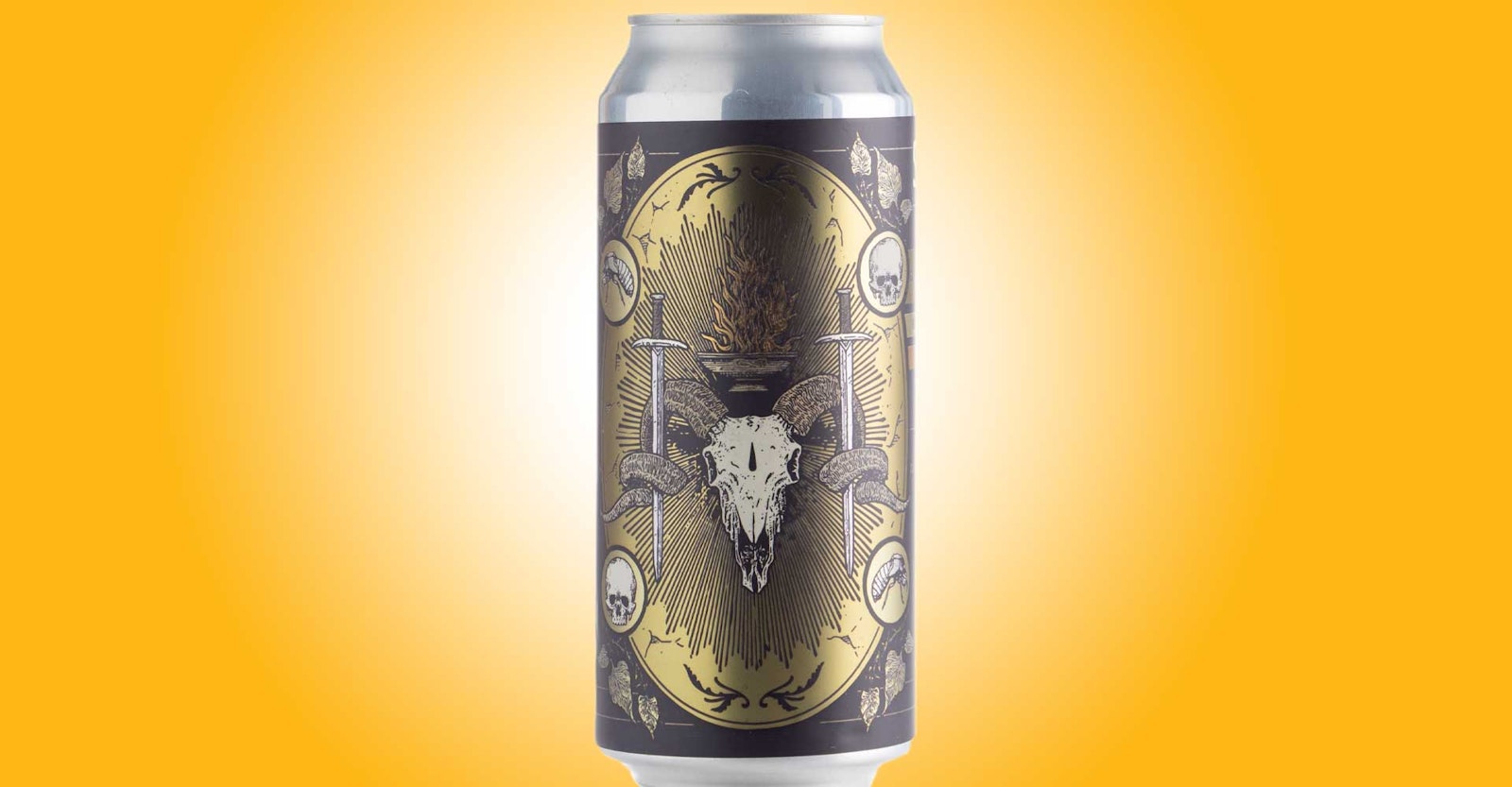I have a deep appreciation for traditional German beer styles, and it’s always exciting to me when I get the chance to brew (or drink) some high-quality German lager. To me, it’s a way for me to connect with my German heritage.
I mentioned when I interviewed at Incendiary that schwarzbier was one of my favorite styles. So, when I had the opportunity to write a recipe for a new beer, I jumped at the opportunity to write a schwarzbier recipe. The batch we brewed to submit to the World Beer Cup was the second iteration. I took some inspiration from a recent trip to Germany to tweak that recipe and emulate some of the delicious schwarzbiers I enjoyed on that trip.
To me, a great schwarzbier is all about subtlety. All of my favorite schwarzbiers have been just as crushable as a classic pils or a helles lager, but with a delicate addition of roasted malt character that adds just a little bit of extra complexity. To translate that into this particular recipe, we kept the use of roasted malts fairly restrained while still allowing for enough to contribute more than just color to the beer.
Ingredient-wise, I’d say that using high-quality ingredients in general, is most important. Healthy yeast as well as good quality malts and hops are all you need to make this beer shine. Process-wise, just make sure to dot your I’s and cross your T’s. Be intentional with your yeast pitch and lagering time, and make sure you give plenty of time for the diacetyl rest. Minimizing any off-flavors is crucial across all beer recipes, but especially with styles such as this one that don’t give you any opportunities to mask unsavory sensory characteristics.
While not necessarily traditional, the whirlpool hop addition is for sure a defining feature of this recipe. It’s not a large addition, but that extra hint of Hallertauer aroma complements the roasted malts very nicely.
The pinch of roasted barley is essentially an extra boost to the color, with the Carafa Special II and III pulling the weight as far as the roasted-malt aromas go. The Munich and Caramunich contribute a bit more depth, adding an extra layer of base malt flavor to back up the roasted malts. Striking that balance is tricky. One of the main adjustments for this batch was to trim down that “middle” part of the grain bill to have that extra depth while still keeping the “base” of the beer light. That gives that restrained roast malt addition a better chance to shine.
Water profiles are pretty important to all beers, but especially when it comes to lagers. The right water profile can make the difference between a good beer and a great beer. This is another thing that got tweaked a little bit between iterations. The initial recipe had a sulfate-chloride balance that really leaned into the malty flavors of the beer—which was good, but to my taste made the final product a bit too “heavy.” Bringing that balance down by reducing our chloride addition helped to keep this beer nice and crushable while still giving it a good mineral backbone.
Augustiner is the yeast we use for our German lagers, and we’re really happy with how it performs. It ferments as advertised and has a generally low level of sulfur and diacetyl production, which is ideal for this style. If it ain’t broke, don’t fix it—however, if I were going to play around with some other strains for this beer, I’d try and track down a more regionally specific yeast from eastern Germany.
Don’t be afraid to experiment and find a method and recipe that work best for you and your system. Tweaking recipes and allowing for creativity is one of the most fun parts of brewing, and schwarzbiers aren’t any different.

